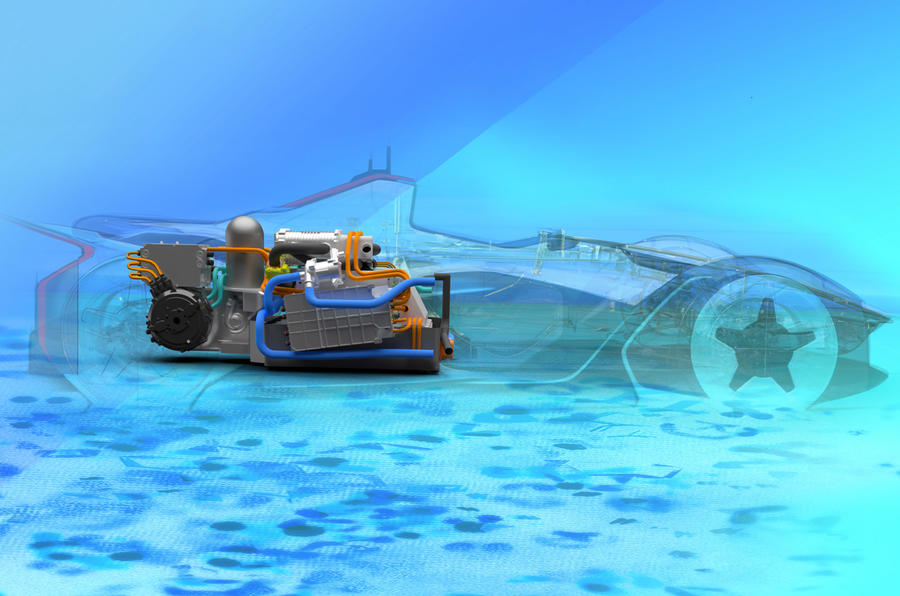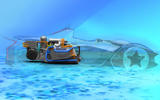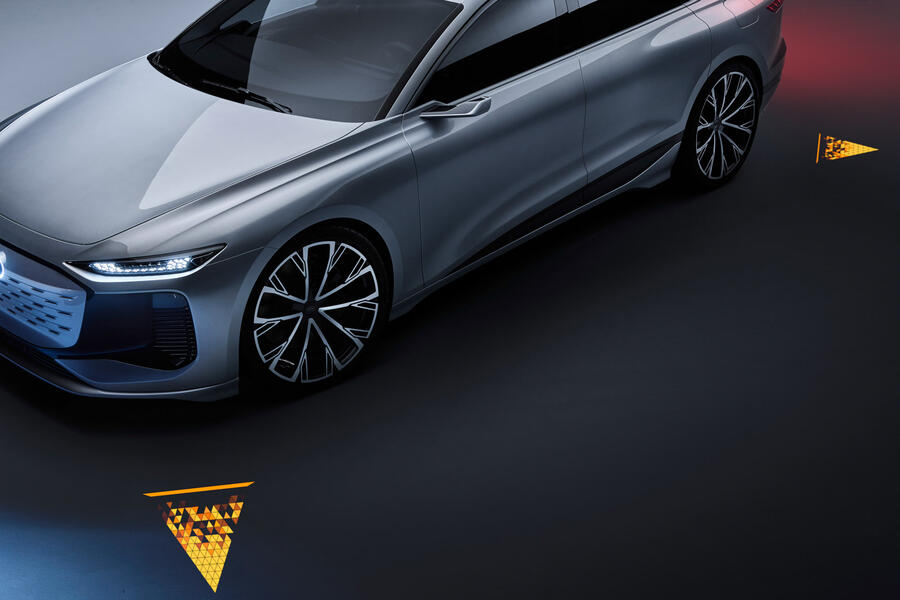The maker of the BAC Mono sports car has completed the first stage of a project with hydrogen-powertrain specialist Viritech to develop an electric version of an ultra-lightweight car called the BAC e-Mono.
The virtual four-wheel-drive e-Mono weighs in at 704kg, just 149kg more than the conventionally powered BAC Mono-R, yet it still proves to be a tad over 2.0sec quicker in a simulated digital lap of Silverstone.
One of the best ways to drive new and advanced powertrain technologies forward is to make them work in high-performance cars, where weight and packaging are at a premium. While EV batteries work well enough to have made it to showrooms in sizeable numbers, their colossal weight and size are still baffl ingly at odds with using energy to move cars more efficiently.
With the diminutive Mono, there was nowhere to hide from that reality. BAC calculated that a battery-electric solution would have added 50% to the weight of the car and, while capable of the same absolute performance, the extra bulk would have detracted from its agility and cornering ability. The solution was to draw on Viritech’s expertise in small, lightweight fuel cell systems to design a fuel cell powertrain to fit in the same chassis and body envelope as the conventional Mono.
Although it was accepted from the outset that the fuel cell system – consisting of a fuel cell stack, hydrogen tank and 20kWh battery – would weigh more than the four-cylinder petrol engine and fuel tank, the difference wouldn’t be enough to compromise the Mono’s ability. A packaging advantage of all fuel-cell systems is that they can be distributed within the chassis.
In this case, the battery was mounted as far under the seat as possible, with its casing becoming a structural component of the chassis. That in turn increased packaging space, with the fuel cell mounted above the battery and its air-compressor tucked inside the air-intake pod through which the petrol engine would normally breathe. It works, too, with a projected 371bhp produced by the four axial-flux electric motors.
Two wheel motors at the front develop 55bhp each, while two inboard motors driving the rear wheels produce the remaining 261bhp. Power is supplied at 400V by a combination of the 80kW fuel cell stack and 197kW battery. In simulated laps of Silverstone, the e-Mono bettered the Mono-R’s time by 2.07sec, at 2min 4.23sec. Top speed is 165mph and 0-62mph 2.2sec.
On-road range is calculated to be 166 miles on the WLTP cycle, equating to an estimated real-world range of 140 miles. Improvements in the fuel-cell design are expected to boost range by 50% by 2024, taking the real-world range to around 210 miles. Further developments in the shape of a carbonfibre case for the fuel cell and a new battery module are expected to bring the weight difference between the e-Mono and Mono-R down to around 100kg or so.









Join the debate
Add your comment
Really.
See "Inside Yasa", June 11th. It looks like Mercedes has bought up the rights to axial flux motor patents, so has BAC designed something that gets round them?
gaeth9702, like most hydrogen stories pumped out by auto car the story and the car are virtual. Either way this BAC came second in a simulated race against my virtual hover car, powered by water alone, which everyone will be driving next year if I can raise 5 tillion pound by midday. Donations please.